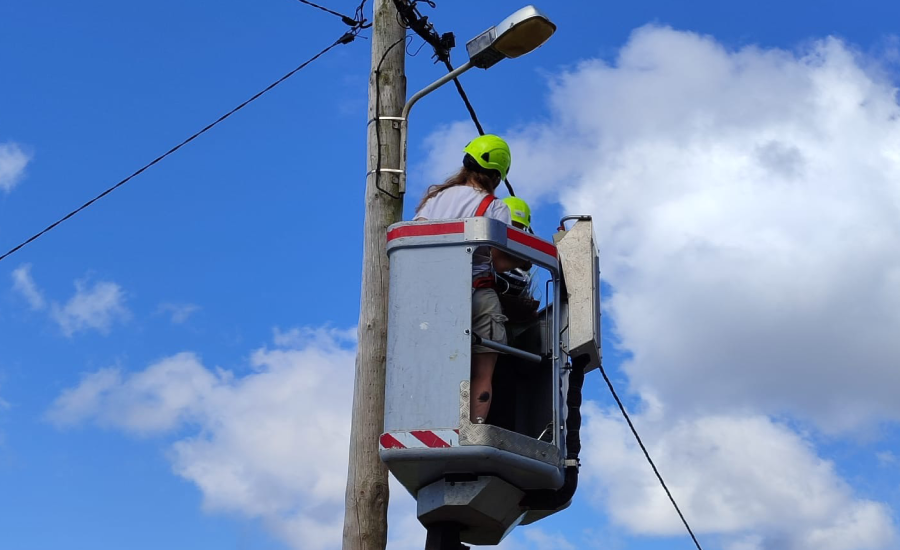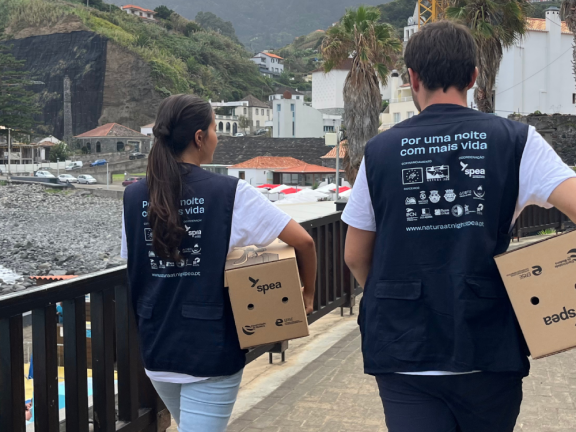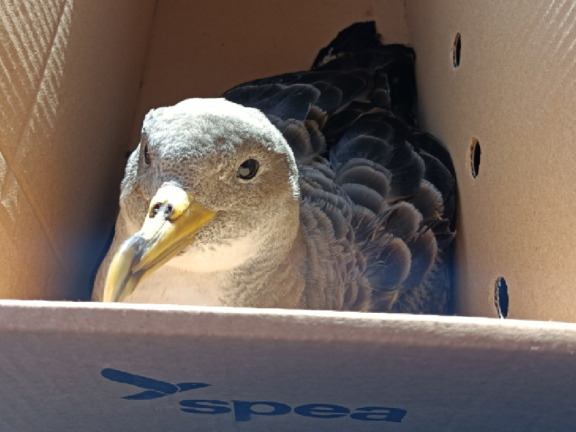For the first time in the Azores, a master lighting plan was created by the municipality of Santa Cruz da Graciosa and pilot actions were started to monitor the impact that light pollution has on nocturnal biodiversity.
The work took place at the beginning of August, with the monitoring of fauna and the adjustment of public lighting in the Carapacho area. The same process is also taking place in Madeira and the Canary Islands.
This initiative is the result of public surveys carried out in 2022 and 2023 on the Macaronesian islands, where 90% of the population surveyed supported the initiative to reduce public lighting and adopt new mitigation measures for the benefit of nocturnal biodiversity.
We are also repeating the night sky brightness measurements in order to obtain comparative information on the before and after of the pilot actions carried out in the three archipelagos.
Find out how we’re measuring light pollution
This initiative is part of the 𝐿𝐼𝐹𝐸 𝑁𝑎𝑡𝑢𝑟𝑎@𝑛𝑖𝑔ℎ𝑡 project, implemented by the partner municipalities, and is supported by Eletricidade dos Açores (EDA) and monitored by SPEA, Fluxo de Luz and Instituto das Florestas e Conservação da Natureza (IFCN, IP-RAM).







